Learn more about our donations to Trees for the Future – you won’t believe the impact of their incredible work!
Written by: 100% PURE®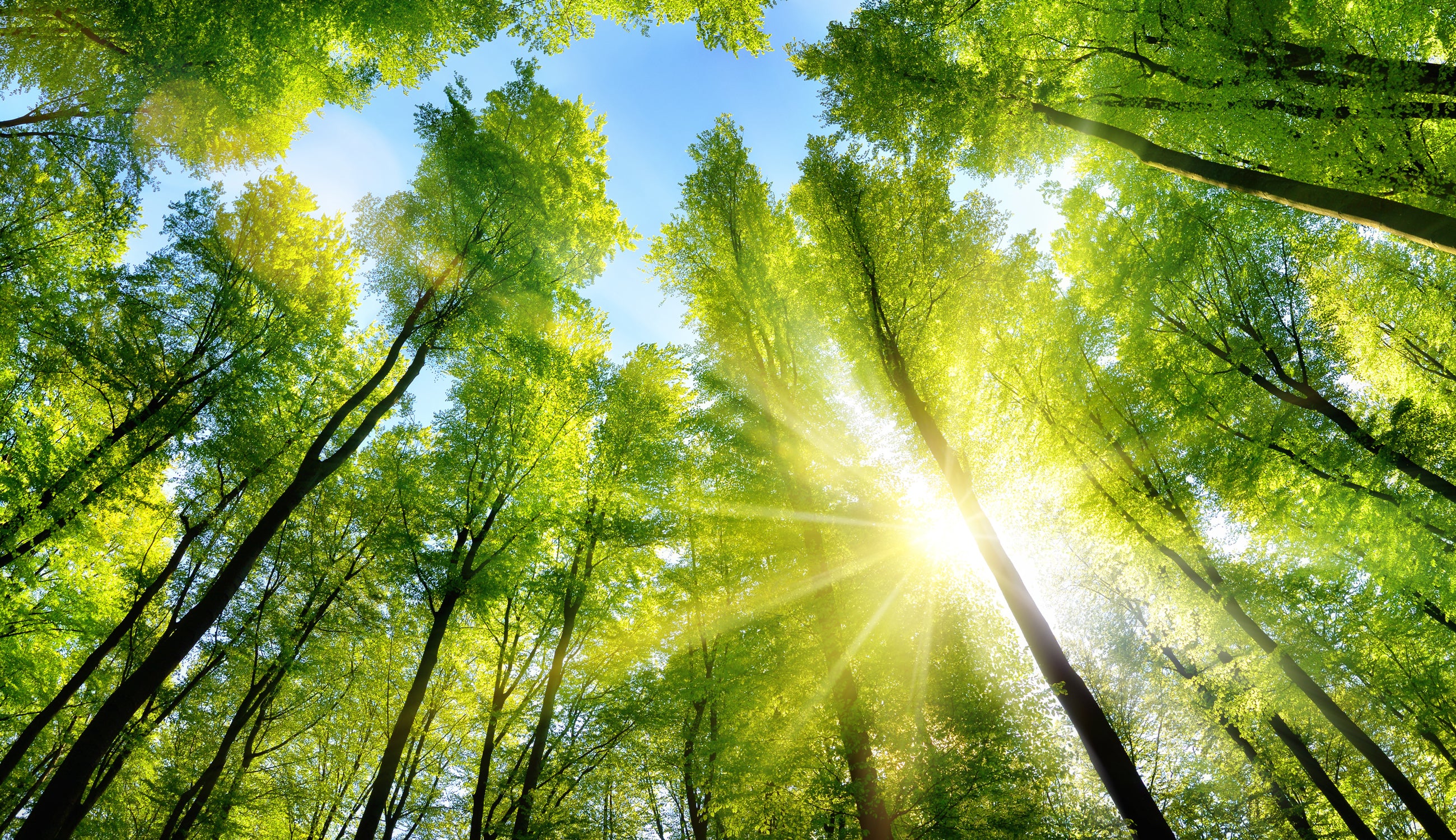
One of our foremost missions is to better the lives of our fellow humans and animals. In addition to creating innovative clean beauty products, we strive to make the biggest impact possible within our reach.
To do this, we partner with some incredible charitable organizations who share our vision of a happier, healthier planet – and are doing some amazing things to get us there.
In honor of celebrating Earth Day every day, we’re diving into the incredible benefits of one of our longtime favorites, Trees for the Future. We’ll lay down some jaw-dropping deforestation statistics, and give you plenty more reasons to support their crucial cause. The promise of a healthier Earth is at your fingertips!
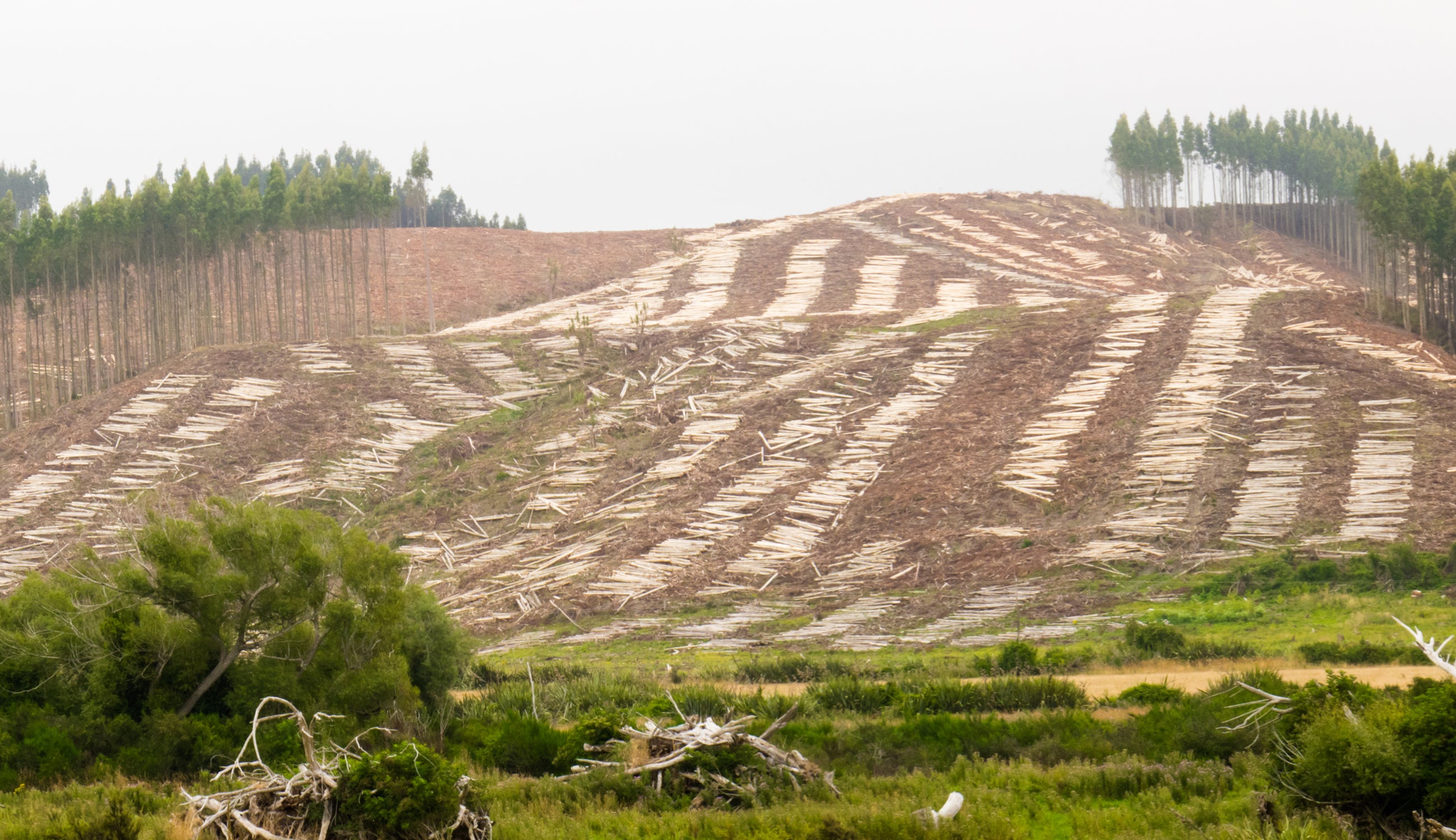
One of our most impactful partnerships has been with Trees for the Future (TREES), a tree donation program created by Dave and Grace Deppner. Together, 100% PURE™ and you – our customers – have donated 246,283 trees since 2015 to this incredible organization.
The Deppners served as volunteers in the Philippines in the early 1970’s, and witnessed the damage that irresponsible land management and deforestation had on not only natural ecosystems, but on local communities. By 1989, Trees for the Future was incorporated as a public charity and has since facilitated the planting of over 160 million trees on the continent of Africa.
To get an idea of just how important trees are to our planet as a whole, let’s look at some facts. Currently, only about 31% of Earth is covered by forests. In the pre-industrial era, before mankind became frighteningly efficient with their ability to mow down acres of forest each second, this percentage was much higher.
Let’s break that statistic down into hectares (1 hectare = 2.47 acres). Pre-industrialization, Earth was home to nearly 6 billion hectares of forest. Now, there are only 4 billion hectares left.
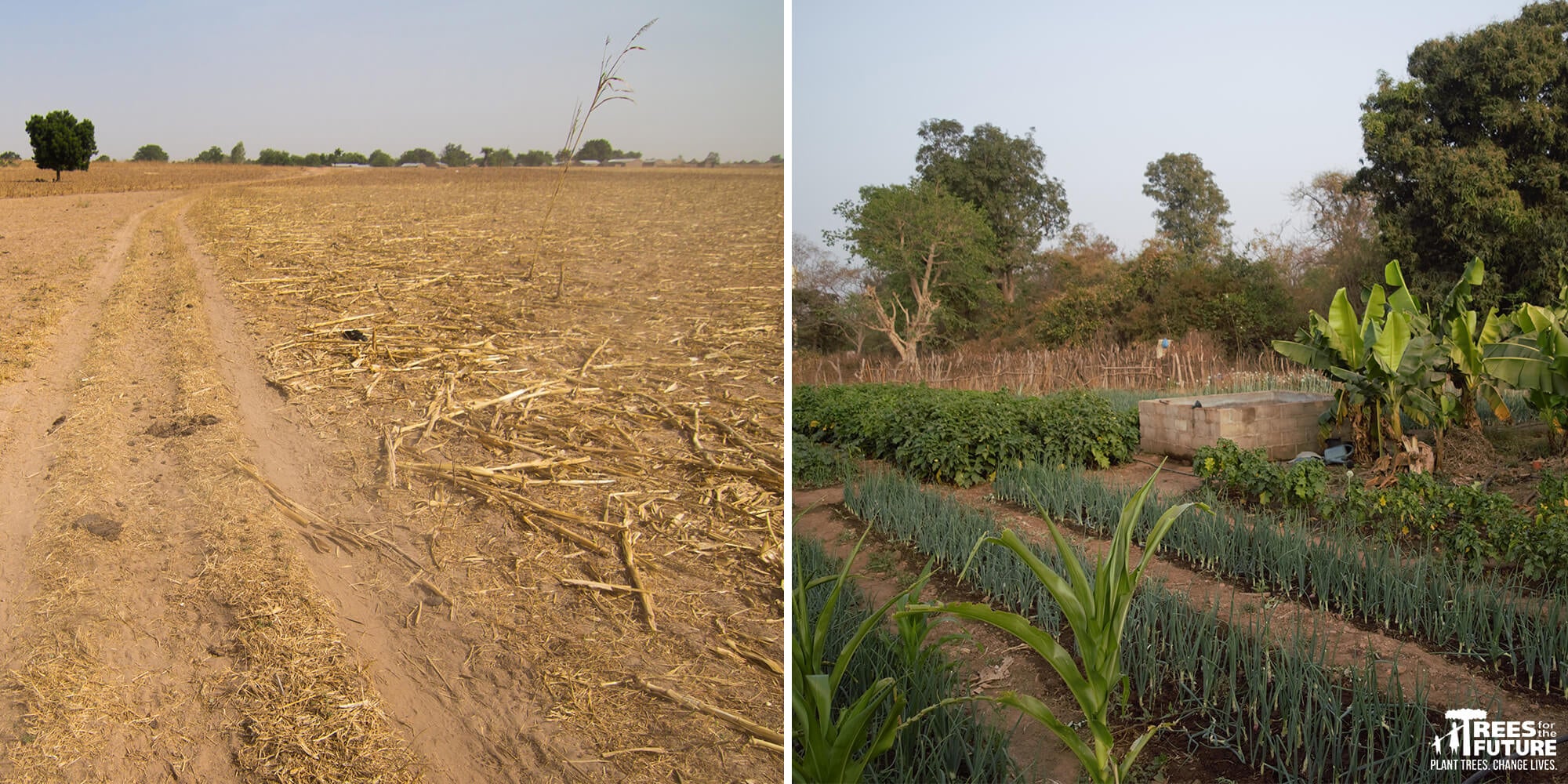
What exactly does deforestation do to our planet? To put things in perspective, the Amazon rainforest alone produces 20% of the world’s oxygen (though it is used by the billions of creatures who live there). If just one rainforest can produce that much oxygen, what do you think would happen if all the rainforests were destroyed in 100 years?
Trees also absorb harmful toxins from the air like carbon dioxide, sulfur dioxide, and carbon monoxide. In their place, trees release healthy, breathable oxygen. They also house, feed, and sustain more than half of the world’s bird, mammal, and amphibian population. Essentially, trees are givers – not takers.
Trees for the Future works to reverse both the greenhouse and community effects of deforestation, poor land management, and natural hardships, such as droughts and crop failure. They focus their efforts in Sub-Saharan African countries like Kenya, Tanzania, and Senegal where small communities struggle to survive.
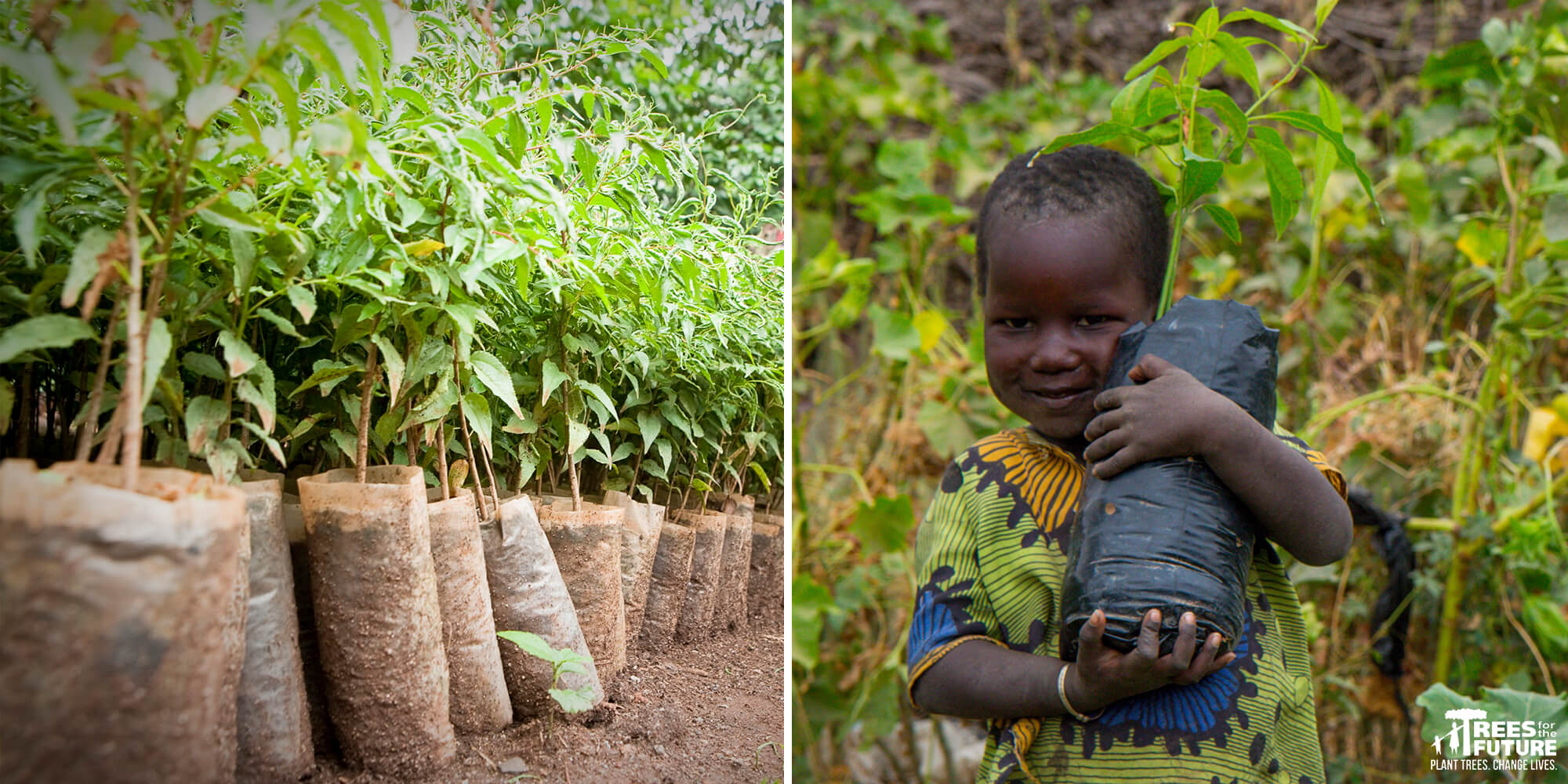
Through empowerment and innovation, TREES facilitates revitalizing, planning, and stabilizing projects to lift communities out of poverty. With public contributions, they use the planting of trees to help restore barren, failing, or deforested lands. Here’s the common problem which they’re trying to address, in a nutshell:
“...Millions of chronically-hungry, smallholder farming families use destructive and short-sighted agricultural practices that further degrade their communities trees, soil, water and biodiversity, making them even more likely to migrate and more vulnerable to the climate changes that lie ahead.”
Here is Trees for the Future’s solution, that they achieve with their Forest Gardens program:
“By planting specific types of fast-growing trees, fruit trees, hardwoods and food crops in a systematic manner over a four year period, families can positively change their lives forever. Forest Gardens consist of thousands of trees that provide families with sustainable food sources, livestock feed, products to sell, fuel wood and a 400% increase in their annual income in four years.”
We wholeheartedly agree with this logic and their mission, and believe that they can only achieve these goals with help from partners like us.
How Trees Are Planted
With public contributions, this charity works within small families and communities to strategically plan for trees to be grown, to help both the community and the environment. Experts work with communities to understand their specific needs, before matching them with tree species that will suit their environment.
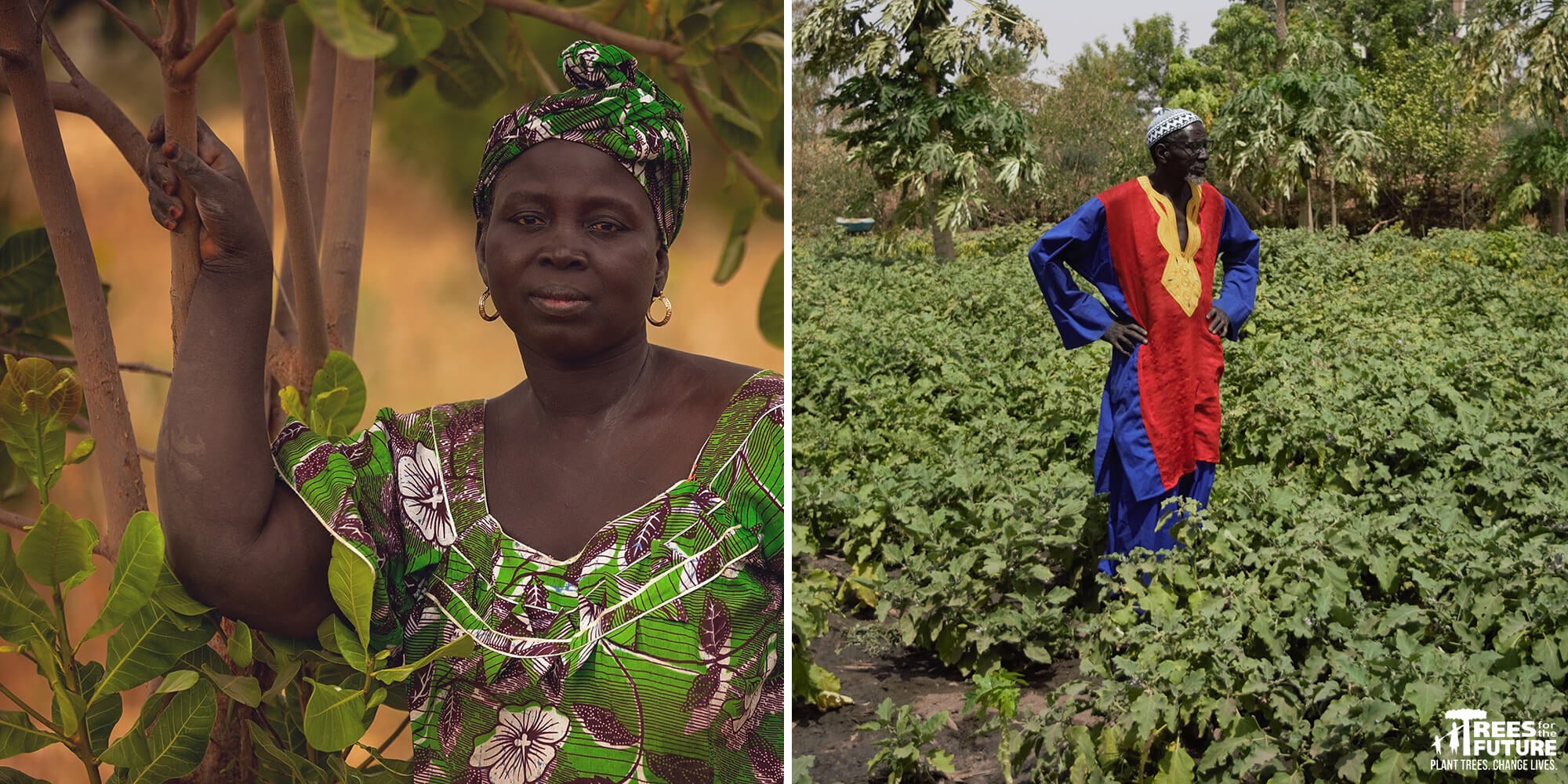
The farmers will then learn to grow a variety of fast-growing trees, fruit trees, hardwoods, and vegetables. The fast-growing trees are necessary to secure and stabilize degraded lands, while fruit trees and hardwoods help farmers to diversify their fields. Farmers also intercrop vegetables and field crops among the trees, to help maximize their space.
TREES has carefully selected particular characteristics such as fast-growing, thorny, fruit and hardwood trees to be included in their “Forest Garden”.
They plant thorny trees, such as Acacia species, as living fences to protect their fields. They plant fast-growing, multipurpose trees such as: Acacia, Sesbania, Calliandra, Albizia, Leucaena, and Cassia species.
They also plant fruit trees for food to eat and sell, including: mangoes, citrus, cashew, avocado, and jujube. For longer term investment, farmers often like to plant hardwoods such as mahogany, gmelina, and grevillea.
Benefits to Our Planet and Climate
Not only does planting trees help communities, but it helps reverse environmental degradation and remove greenhouse gases from the atmosphere. Did you know that a single tree can absorb 26 pounds of CO2 a year? According to Climate Central, “Through the process of photosynthesis, forests offset 10 to 20 percent of the country's greenhouse gas emissions each year.”
With moving tradewinds and a rapidly growing, globally connected world, clean air should be on everyone’s priority list. No matter where a tree is planted, the benefits will be felt everywhere.
More benefits of trees for our planet and its inhabitants:
-
They’re the perfect habitat for biodiversity
-
They create much of the planet’s oxygen
-
They help combat climate change
-
They provide fruits, berries, and nuts for all to eat
-
They can improve the fertility of degraded soils, or prevent wind and soil erosion
-
They help to lessen wind on growing crops and provide shade from the scorching hot sun
-
They can help reduce stress
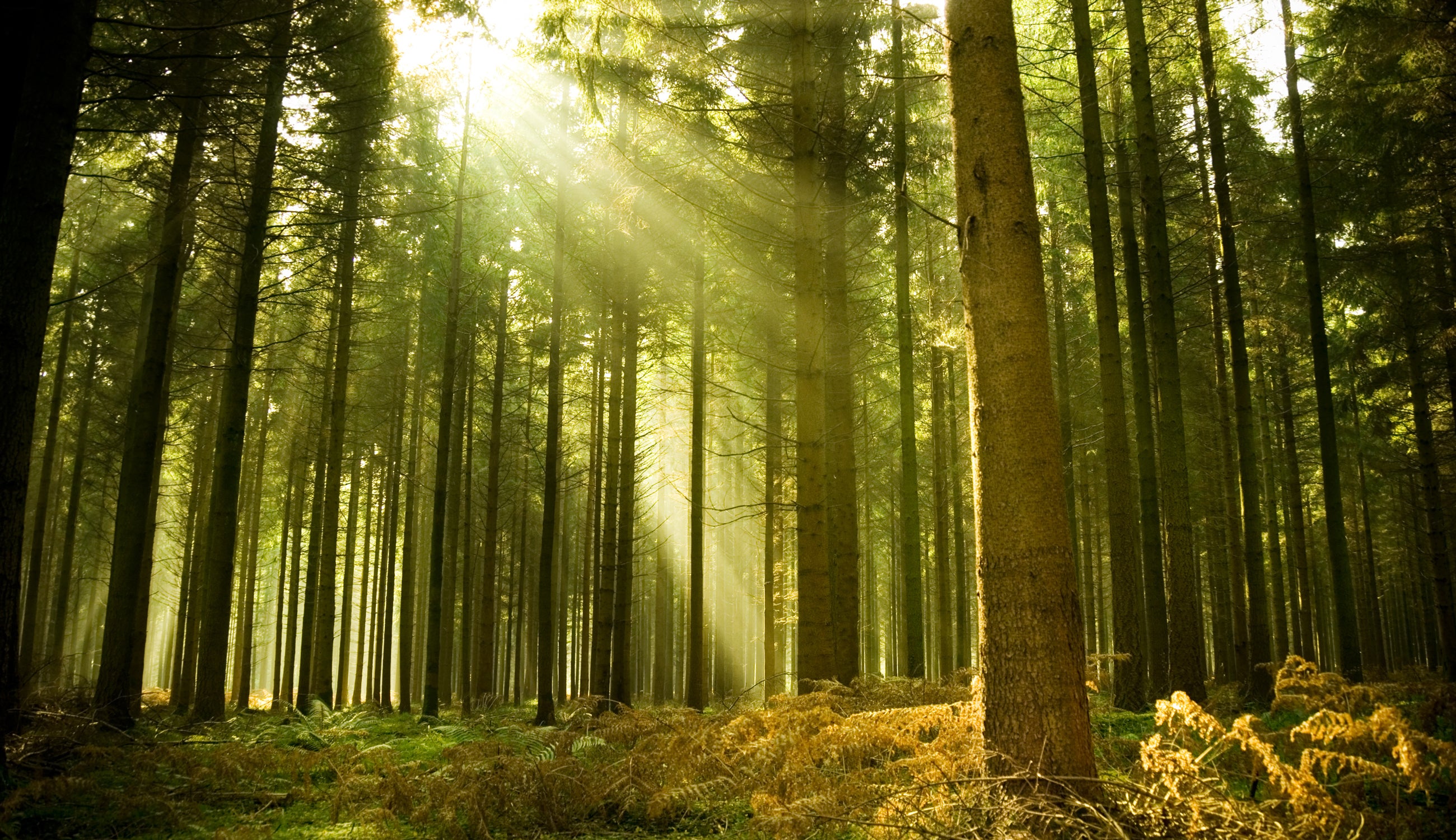
Why Do We Need More Trees?
Despite their obvious benefits and global value, humans have cut down nearly half of the world’s trees. This is the conclusion of a massive ecological study published in the scientific journal Nature, which offers the very first data-driven global tree census.
According to the study, there are 3.04 trillion trees on planet Earth today, which is roughly 422 per person. The authors of the study estimate that “over 15 billion trees are cut down each year, and the global number of trees has fallen by approximately 46% since the start of human civilization.”
While these numbers are certainly not positive, we believe that having an open conversation about our failings while being proactive will bring better news through action for change.
A donation to Trees for the Future can be made at checkout, with every purchase you make. A donation doesn’t require any extra money from you – for every order you place, you choose exactly how you want us to donate. Simply place your order as usual, then check “Plant a tree” at checkout!
For more incredible statistics on the important work of Trees for the Future, check out their triple bottom line. To read more about some of our favorite charitable partners, check out the animal charities we love.
- Tags: April-2021, Behind The Scenes
We carefully hand-select products based on strict purity standards, and only recommend products we feel meet this criteria. 100% PURE™ may earn a small commission for products purchased through affiliate links.
The information in this article is for educational use, and not intended to substitute professional medical advice, diagnosis, or treatment and should not be used as such.

